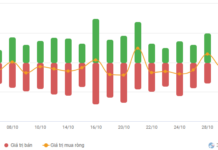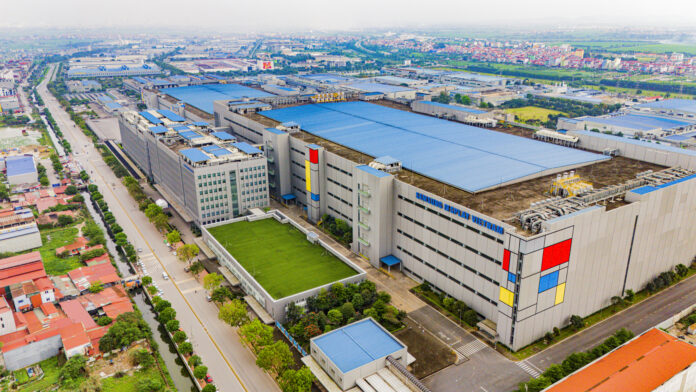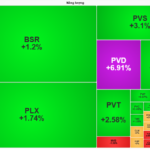The Vietnamese government has recently approved a series of provincial planning initiatives for the period of 2021–2030, with a vision extending to 2050. Notably, several provinces neighboring major cities have expressed their aspiration to become centrally-controlled municipalities.
5/8 Provinces Bordering Hanoi
According to the master plan, Bac Ninh aims to become a centrally-controlled municipality by 2030. Additionally, the smallest province in the country will serve as a dynamic economic and cultural hub in the northern region and one of the key development poles in the Red River Delta, with close connections to the capital city of Hanoi. Bac Ninh is expected to achieve a synchronized and modern socio-economic infrastructure system, with an average GRDP growth rate of 8% – 9% per year. The target for per capita GRDP is approximately VND 346.6 million.
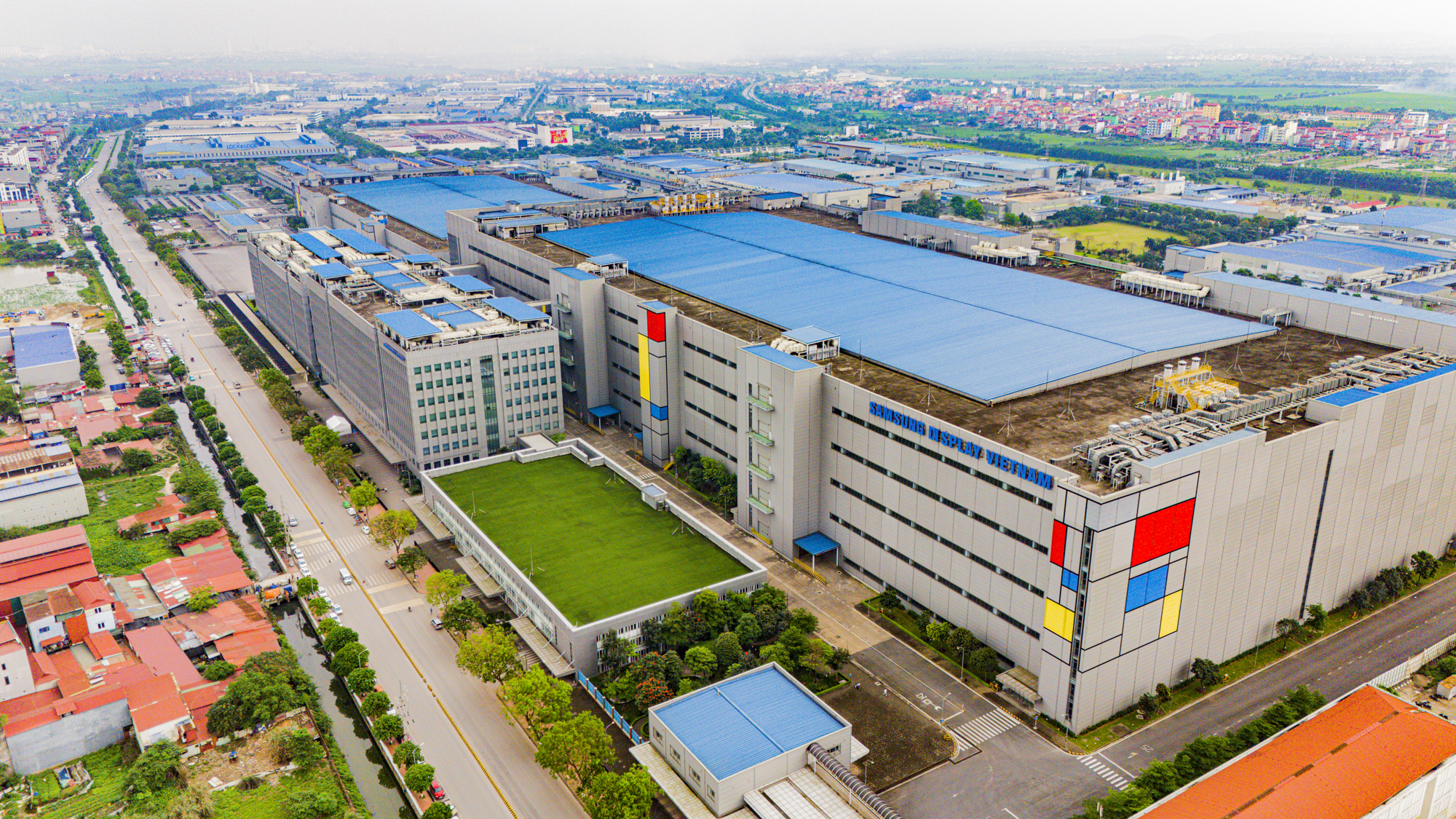
Yen Phong Industrial Park, Bac Ninh
Vinh Phuc Province aims to meet the criteria for a first-tier city by 2030, laying the groundwork for its establishment as a centrally-controlled municipality. After 2030, the entire province of Vinh Phuc is envisioned to become a centrally-controlled city. The locality also strives for a GRDP growth rate of 10.5% – 11% per year and a per capita GRDP of approximately VND 285 million.
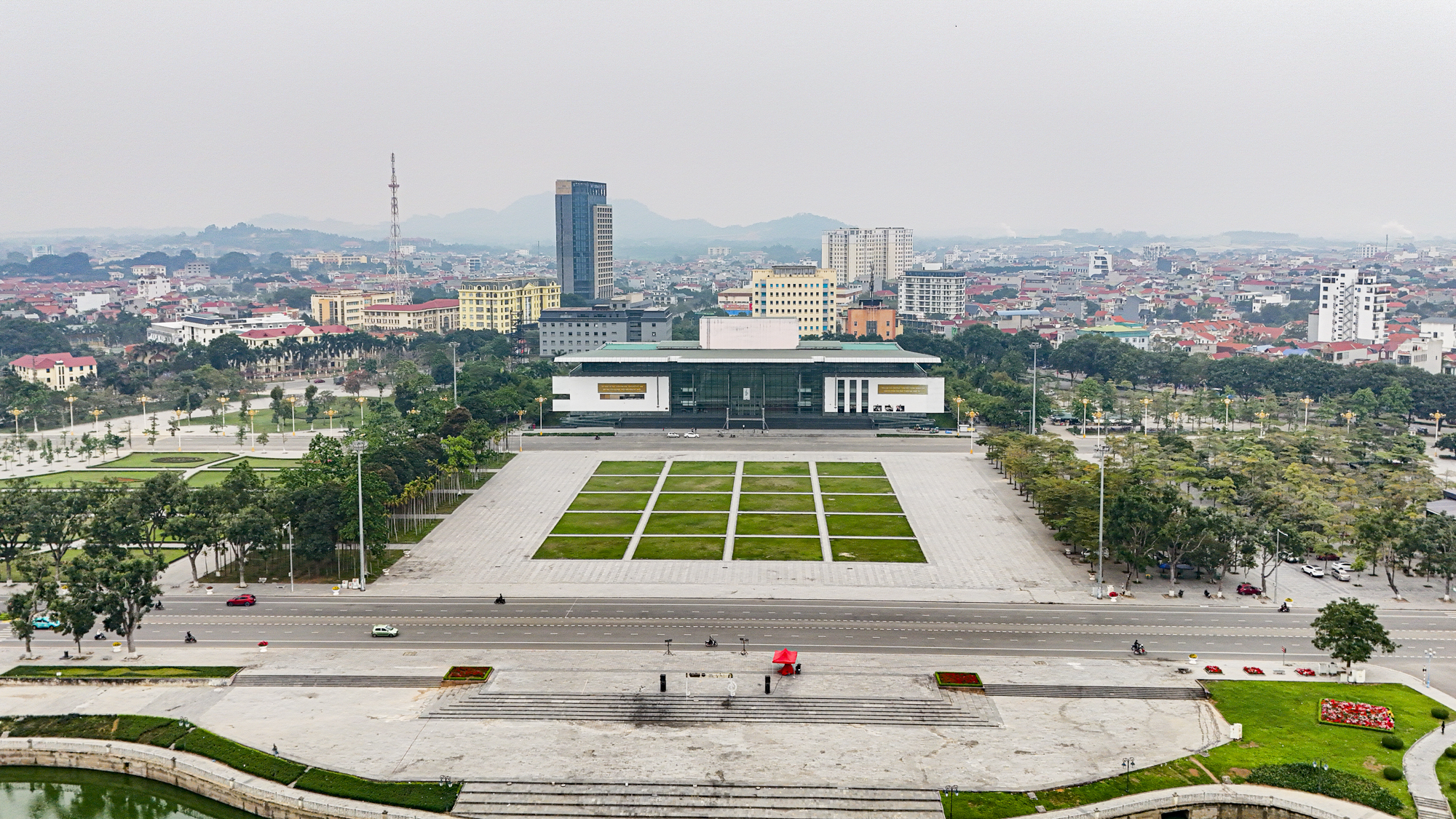
Ho Chi Minh Square, Vinh Yen City
Looking ahead to 2050, Ha Nam Province aspires to become a centrally-controlled smart and modern city, as well as a logistics hub for industry, high technology, healthcare, education, tourism, and commerce in the Red River Delta region. In terms of economic goals, the province aims for an average GRDP growth rate of around 11.2% per year during the 2021-2030 period, with a per capita GRDP of over VND 230 million.
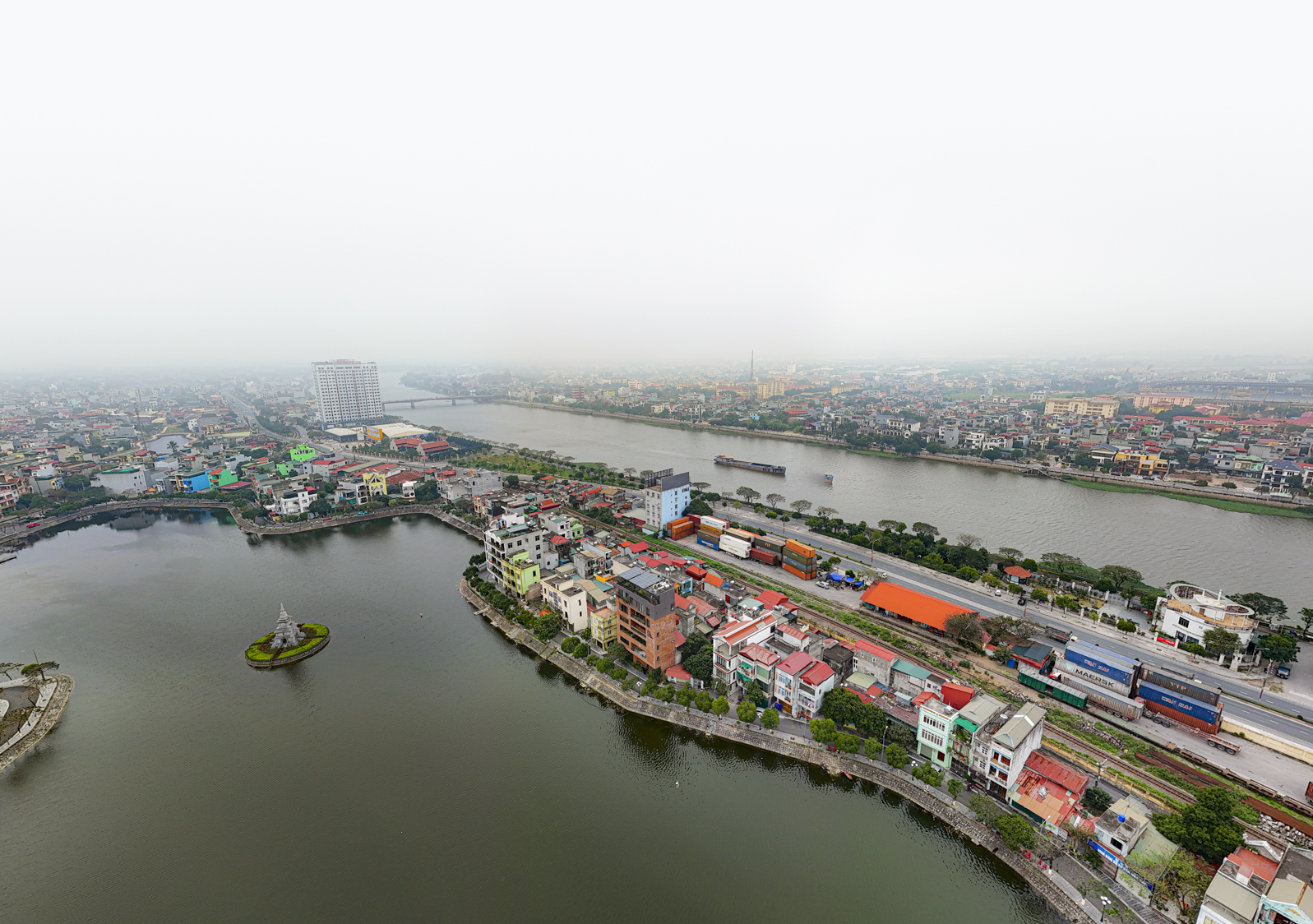
Phu Ly City, Ha Nam Province
For Thai Nguyen Province, the vision for 2050 includes striving to meet the standards to become a centrally-controlled city that is green, smart, and culturally distinct. It also aims to be one of the modern industrial centers in the Hanoi Capital Region and the country as a whole. The target GRDP growth rate is about 8% to 8.5% per year, with a per capita GRDP of approximately VND 216 million.
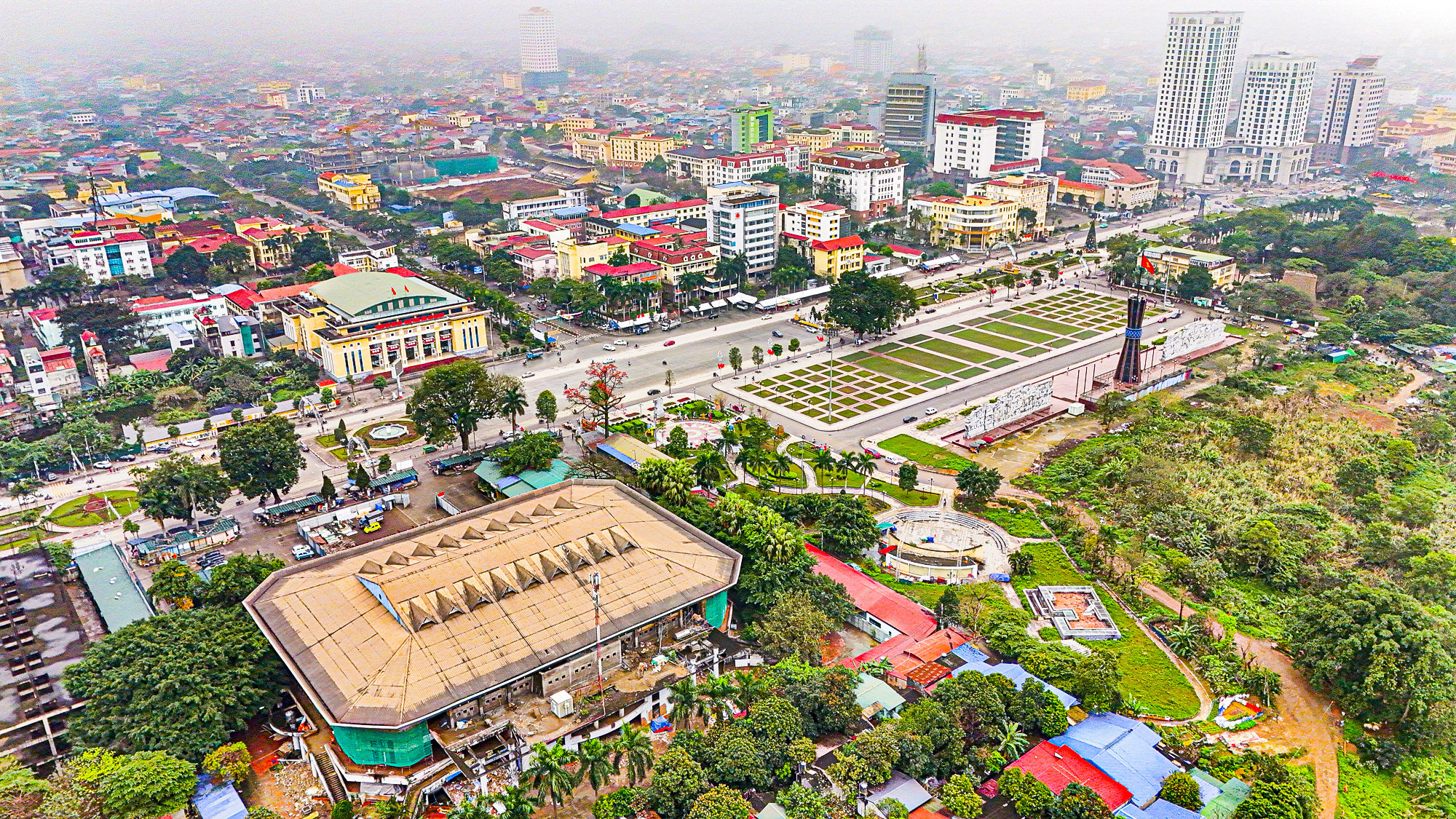
Thai Nguyen City, Thai Nguyen Province
On December 12, 2023, Mr. Tran Quoc Van, Vice Secretary of the Provincial Party Committee and Chairman of the Provincial People’s Committee of Hung Yen, shared the province’s roadmap, which includes becoming a centrally-controlled municipality by 2037. This proposal has been submitted to the Prime Minister for approval. Notably, the province aims to have three districts—Hung Yen, Van Giang, and Van Lam—elevated to the level of urban districts by 2030.
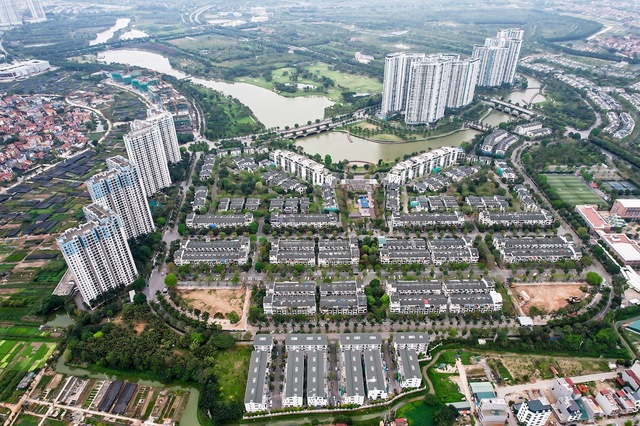
Van Giang District, Hung Yen Province
3/6 Provinces Bordering Ho Chi Minh City
According to the master plan, Binh Duong aims to become a centrally-controlled municipality by 2030, with a clear vision to be one of the dynamic and comprehensive development hubs in Southeast Asia, leading in science, technology, and innovation, and a modern industrial and service center.
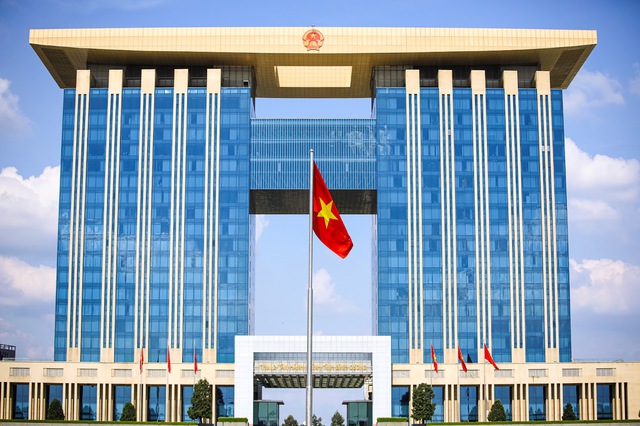
Binh Duong Provincial Administrative Center
Specific economic targets include an average economic growth rate of about 10% per year during the 2021-2030 period and a per capita GRDP of approximately USD 15,800 by 2030.
The master plan for Dong Nai sets a general goal for the province to become a centrally-controlled municipality by 2050, leading the way in the development of high-tech industries and boasting a synchronized, smart, and modern infrastructure system. Dong Nai aims to be a hub for international trade, tourism, and services, with world-class urban areas, attracting intellectuals and talented individuals. The province prioritizes green and circular economy, with a goal of achieving net-zero emissions. Social sectors are expected to develop harmoniously, ensuring a prosperous and happy life for the people. National defense, security, and social order are also key priorities.
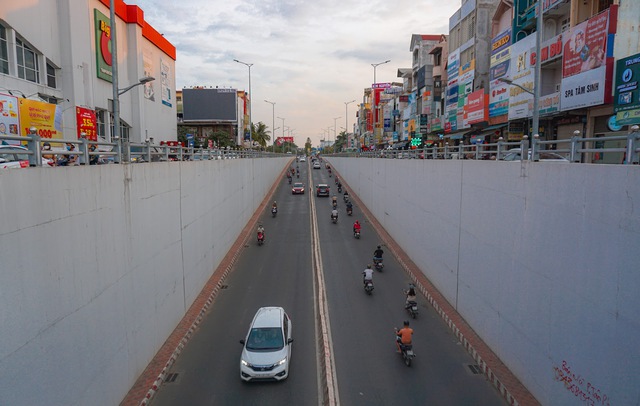
Bien Hoa City, Dong Nai Province
Similarly, the master plan for Ba Ria-Vung Tau Province states that by 2030, the province will essentially meet the criteria to become a centrally-controlled municipality, playing a crucial role as a significant development pole in the Southeast region.
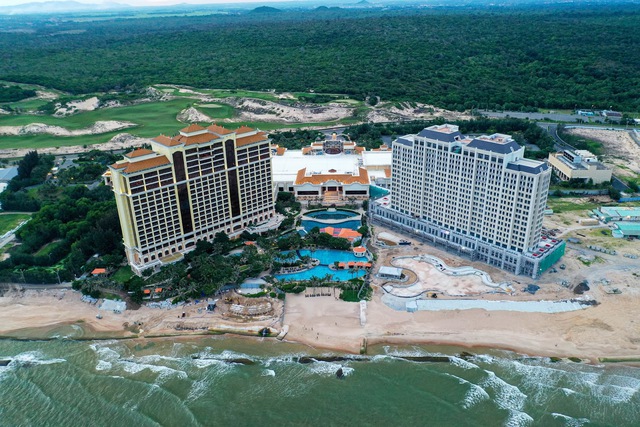
InterContinental Grand Ho Tram, Ba Ria – Vung Tau
1/3 Province Bordering Hai Phong
According to the master plan, Quang Ninh Province is expected to become a centrally-controlled municipality by 2030, following a unique model. Specifically, instead of forming districts, Quang Ninh will establish an inner city area comprising multiple cities within the province, interconnected by advanced technical infrastructure, such as urban public transport and information and communication technology systems.
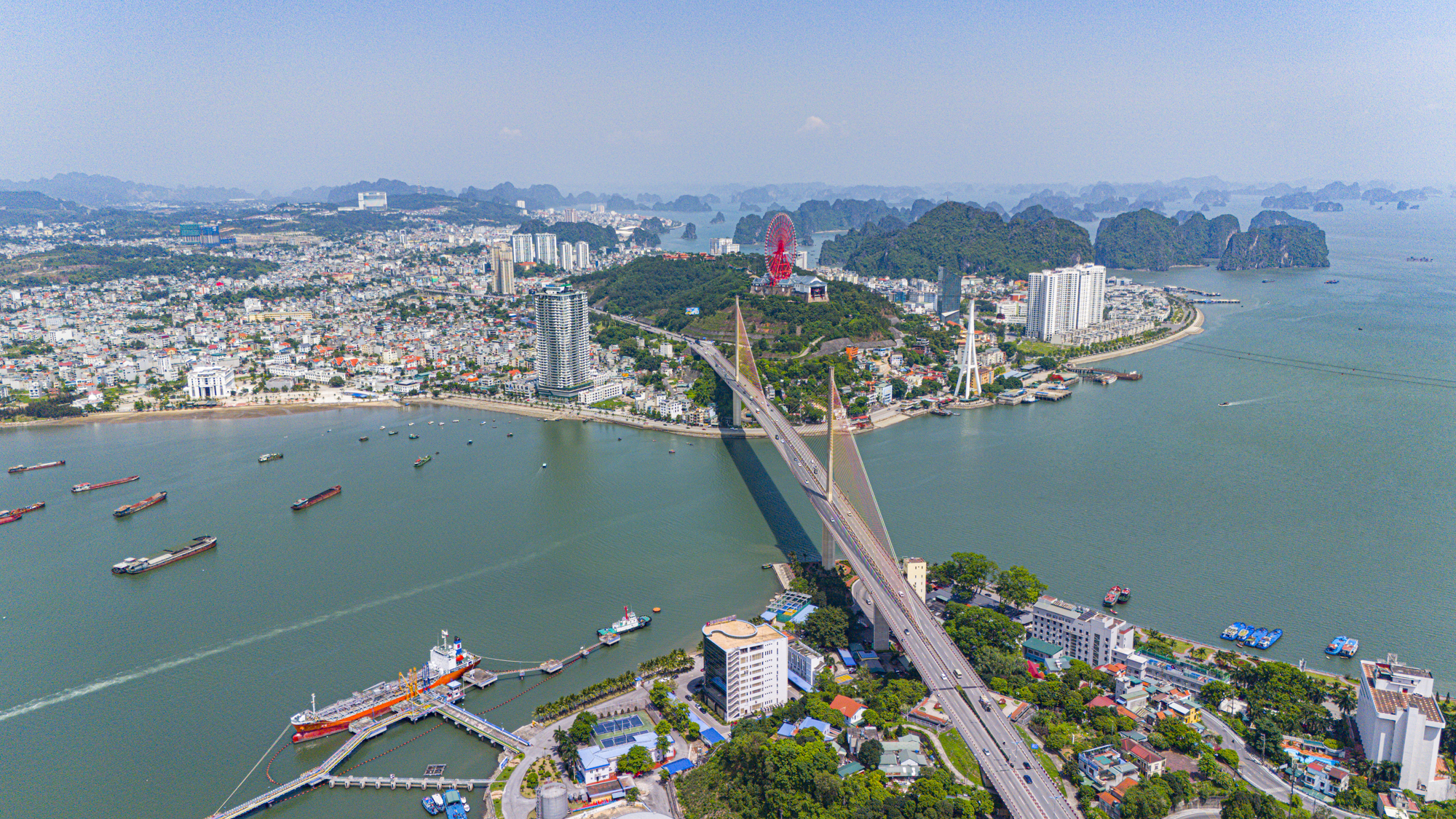
Ha Long City, Quang Ninh Province
The seven centrally-controlled cities within Quang Ninh will include Ha Long, Cam Pha, Uong Bi, Mong Cai – Hai Ha, Dong Trieu, Quang Yen, and Van Don.
2 Provinces Bordering Da Nang
For Quang Nam Province, the goal is to become a relatively developed province by 2030 and a centrally-controlled municipality by 2050. To achieve this, the province will promote economic restructuring in tandem with growth model innovation, enhancing productivity and quality across the economy, and deeply engaging in global production and value chains.

Quang Nam Province
Thua Thien – Hue Province is poised to become one of the earliest provinces to attain the status of a centrally-controlled municipality in the coming years. The overall goal is for Thua Thien – Hue to become a centrally-controlled city by 2025 and a distinctive heritage city of Vietnam by 2030, as well as one of the prominent centers in Southeast Asia for culture, tourism, and specialized healthcare.
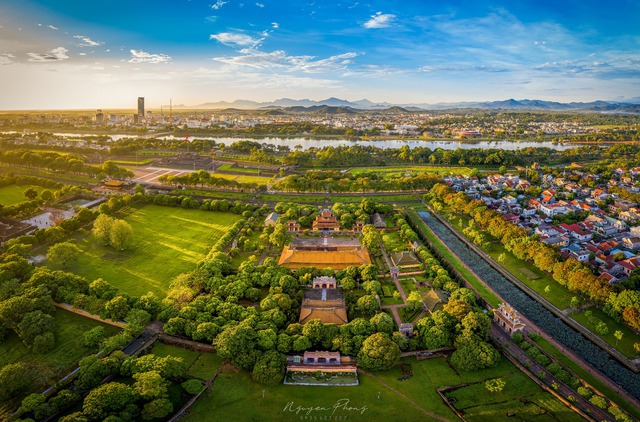
Thua Thien – Hue Province
Additionally, it aspires to be a leading center in the country for science and technology, multi-disciplinary education and training, and a strong maritime economy. National defense and security are also key priorities, alongside ensuring a high quality of life for its citizens.


